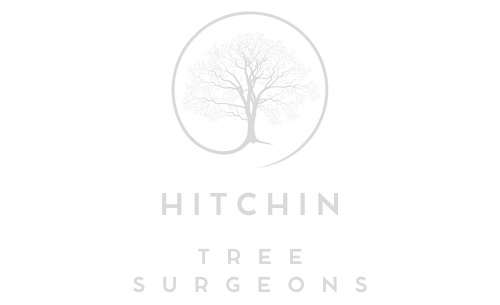Sectional Dismantling for Hazardous Trees: When to Call the Experts
Introduction: Trees are a valuable part of our environment, providing shade, beauty, and oxygen. However, when a tree becomes hazardous due to disease, damage, or unstable structure, it can pose a significant risk to property and safety. In such cases, sectional dismantling is a tree removal technique that can be a lifesaver. But when should you call the experts at Hitchin Tree Surgeons for sectional dismantling? In this blog post, we’ll explore the signs that indicate it’s time to seek professional help.
1. Visible Signs of Decay or Disease
If your tree exhibits visible signs of decay or disease, such as extensive rotting, dead branches, or fungal growth, it indicates that it may be hazardous. Decay compromises the tree’s structural integrity, making it more susceptible to falling. Professionals can assess the extent of the damage and determine whether sectional dismantling is necessary to remove the tree safely.
2. Leaning or Unstable Trees
A tree that leans significantly or appears to be leaning after a storm, heavy winds, or root damage is a potential hazard. Leaning trees can easily topple over threatening structures, vehicles, or people. Tree surgeons can assess the tree’s stability and determine if sectional dismantling is the best action to prevent a catastrophic failure.
3. Overhanging Branches or Power Lines
Trees with branches that overhang buildings, roads, sidewalks, or power lines can be hazardous. A sudden branch failure can result in property damage, injury, or power outages. Professionals can safely remove overhanging branches using sectional dismantling to mitigate these risks.
4. Proximity to Structures or Infrastructure
When a tree is located in close proximity to structures like homes, garages, sheds, or utility poles, traditional felling methods may not be suitable due to the risk of property damage. Sectional dismantling allows tree surgeons to remove the tree in small, controlled sections, minimising the chances of accidents or damage.
5. Multiple Trunks or Complex Structure
Trees with multiple trunks or complex branching structures can be challenging to remove safely. Professionals have the expertise to assess the tree’s structure and plan the removal method that poses the least risk to people and property.
6. Environmental Sensitivity
Preserving the surrounding ecosystem is essential in environmentally sensitive areas like parks, wetlands, or protected habitats. Sectional dismantling allows for the removal of a hazardous tree while minimising the impact on the environment.
7. Your Safety Concerns
If you have any safety concerns related to a tree on your property, it’s always advisable to consult professionals. Your peace of mind and the safety of your family and neighbours should be a top priority.
Conclusion: Sectional dismantling is a precise and controlled method of tree removal that is especially valuable when dealing with hazardous trees. Signs of decay, disease, instability, proximity to structures, and environmental considerations are all compelling reasons to call in the experts at Hitchin Tree Surgeons. Their expertise and specialised equipment ensure that hazardous trees are safely and efficiently removed, minimising risks and preserving the safety of your property and the beauty of your landscape. Don’t hesitate to seek professional help when the safety of your environment is at stake.
Call us on: 01462 412 994
Click here to find out more about Hitchin Tree Surgeons
Click here to complete our contact form and see how we can help with your tree’s needs.

